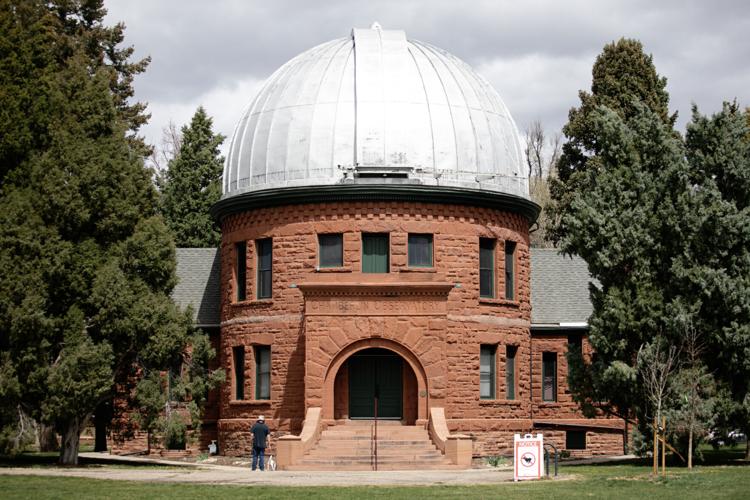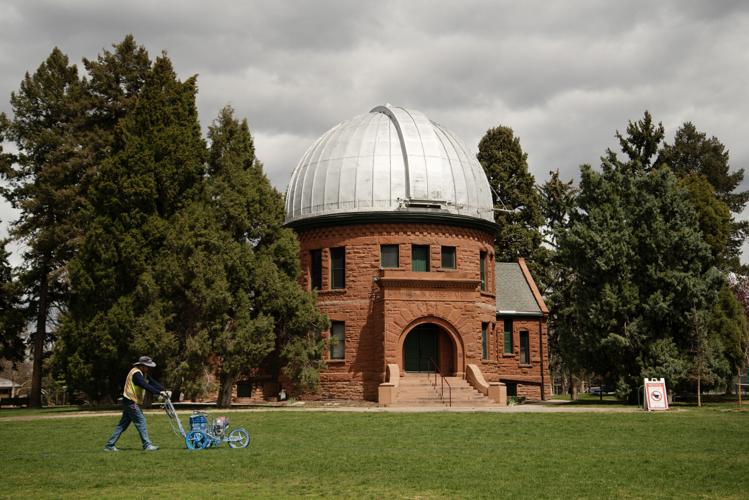Denver City Council approves University Park Historic District
The Denver City Council unanimously approved the creation of the University Park Historic District, which council members and supporters say will preserve the 19 structures within district boundaries.
The University of Denver opposed the inclusion of a property it owns, arguing the decision to preserve or not should be left to the building’s future owner.
The district is somewhat unique as it is not continuous; thus, it is not bound by any a start or end point. It includes several properties separated by many blocks, including University Park and the Chamberlin Observatory, Fitzroy Place and the Holland House, among others.
The district will make it easier for residents to apply for a historic structure designation, since they don’t have to live within the boundaries of said district, supporters said at the public hearing on Monday night. The new district requires the exterior of buildings within the district be maintained in perpetuity, though residents are allowed to make changes that don’t require a building permit, according to Historic Denver. For example, having a roof replaced requires a design review, while installing storm windows or painting the house would not.
Only supporters appeared during Monday’s meeting. Those who opposed the proposal submitted comments in writing.
Mike Cox, who represents the University Park Community Council, said the “historic” designation does seek to stifle change, but, rather, preserve and tell the story of a neighborhood.
“University Park has a meaningful and interesting history mainly due to its proximity to DU, but has also been subject to new development as older homes are replaced with larger more modern ones,” Cox said. “The 19 properties in the historic district are such a small percentage of the residential properties within and shows this is not an attempt to block the evolution of the neighborhood.”
One of the properties, known as the Buchtel Bungalow, is owned by the University of Denver and its inclusion in the district served as the basis for the university’s opposition. The home was built between 1906 and 1907 for Henry Augustus Buchtel, who served as governor of Colorado while living in the bungalow. Buchtel went on to become the chancellor of DU, saving the university from bankruptcy during his tenure.
The building is listed on the National Register of Historic Places, but supporters of the historic district insisted this does not protect it from demolition. They feared that if it were sold, the new owners would flatten and replace it. Many other homes in the Washington Park neighborhood, University Park neighborhood and surrounding neighborhoods have seen similar fates, District 6 Councilman Paul Kashmann said.
The University of Denver argued that Buchtel Bungalow should be excluded.
“Please understand that the University supports the creation of the non-contiguous district. In fact, one of the university’s properties, the Chamberlin Observatory is included for landmark designation,” the university said. “The University, however, believes it to be in its best interest to exclude (Buchtel Bungalow) from landmark designation at this time.”
The university said it cannot use the building as an educational facility and cited its potential for a sale at some point in the future. The university argued that it would be best to leave the fate of the home in the hands of a prospective buyer, who may be discouraged by the historic designation.
The university’s efforts somewhat mirror those of Monfort Companies and El Chapultepec, though this building has yet to reach Denver’s Landmark Preservation Commission. Typically, the city council is against approving landmark designations against the owners’ wishes.
School officials said they respect the process and decision made by the Landmark Commission in a statement provided after the decision.
“The university is proud of the history of the Buchtel Bungalow and what it has meant to the campus,” the university said.
Kashmann said moving forward with the historic designation is the “slightest ask” the city could make to preserve what could be the “most historic” residence in the neighborhood.
“I don’t believe in encasing the city in amber, but I do firmly believe in the importance of honoring our past,” Kashmann said. “(University Park) lost tons of beautiful historic homes over the years and I think this approach of a dis-contiguous district is a brilliant way to preserve history while always also maintaining the community’s ability to evolve.”






